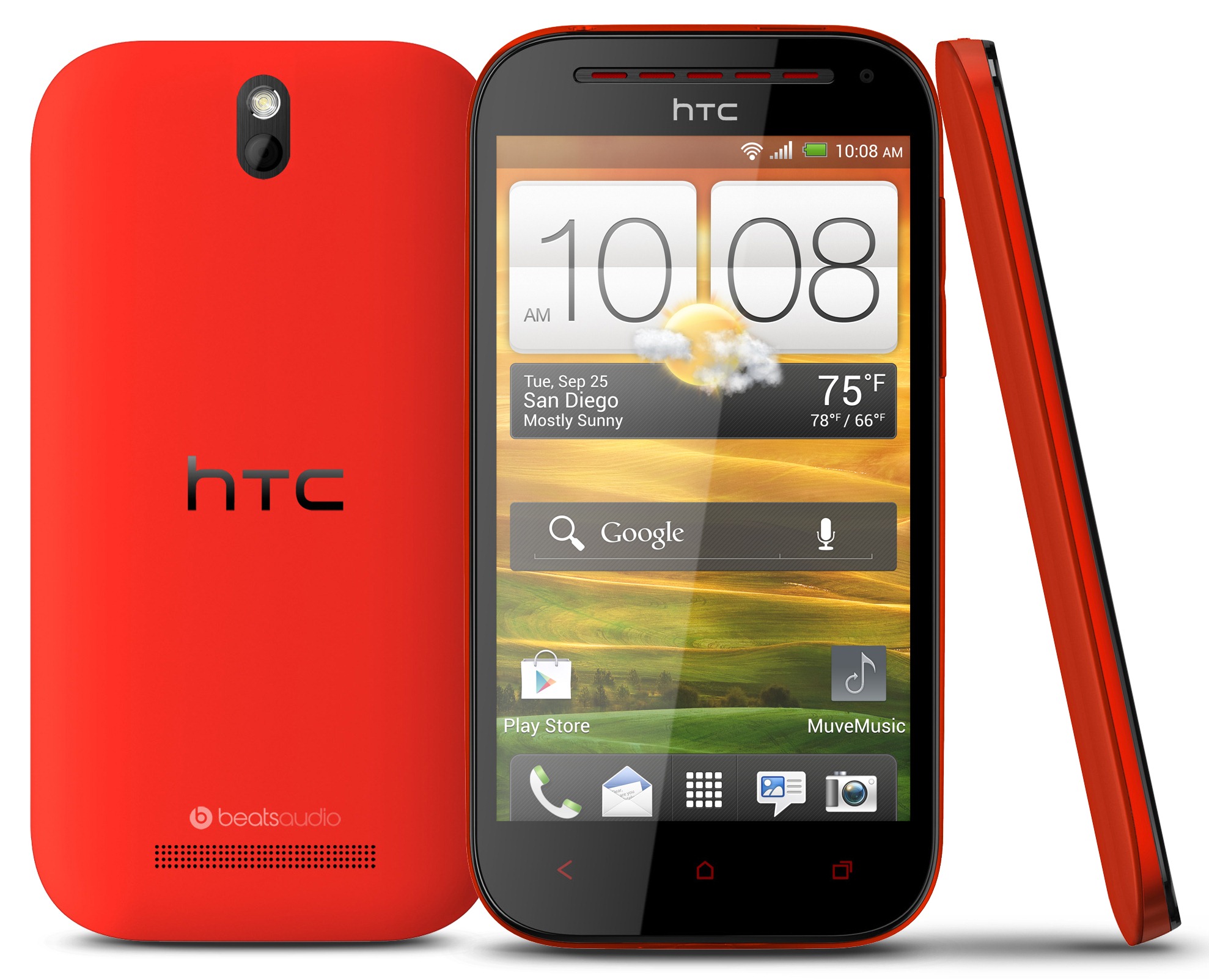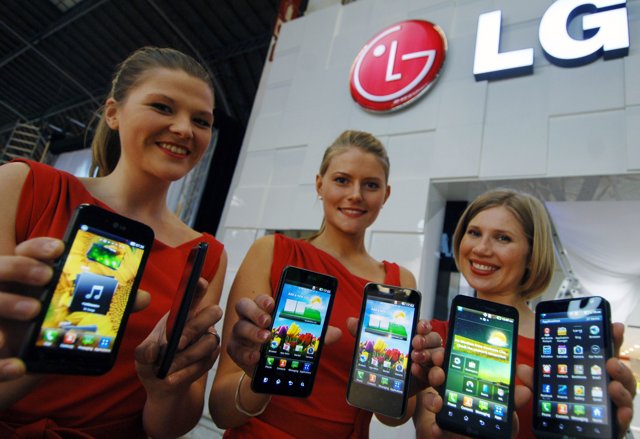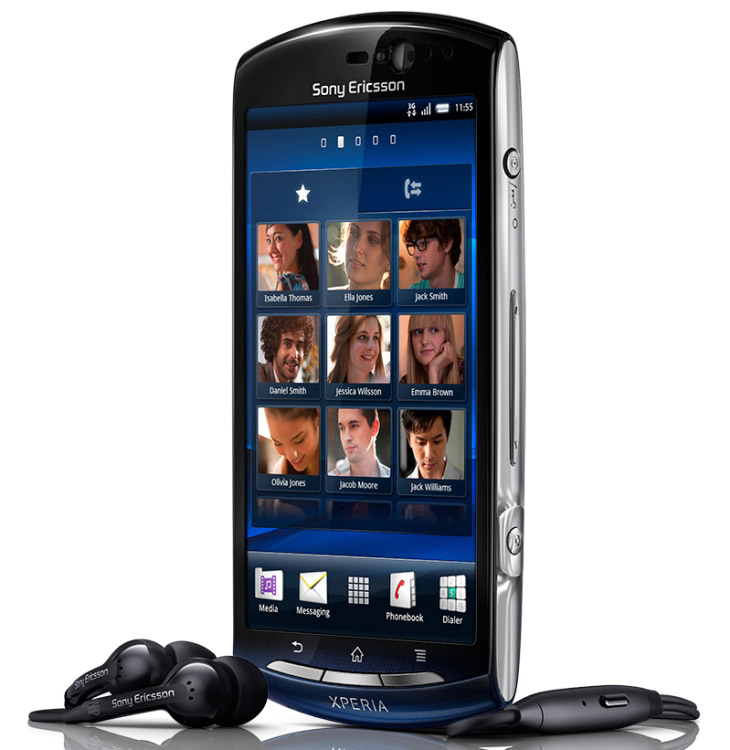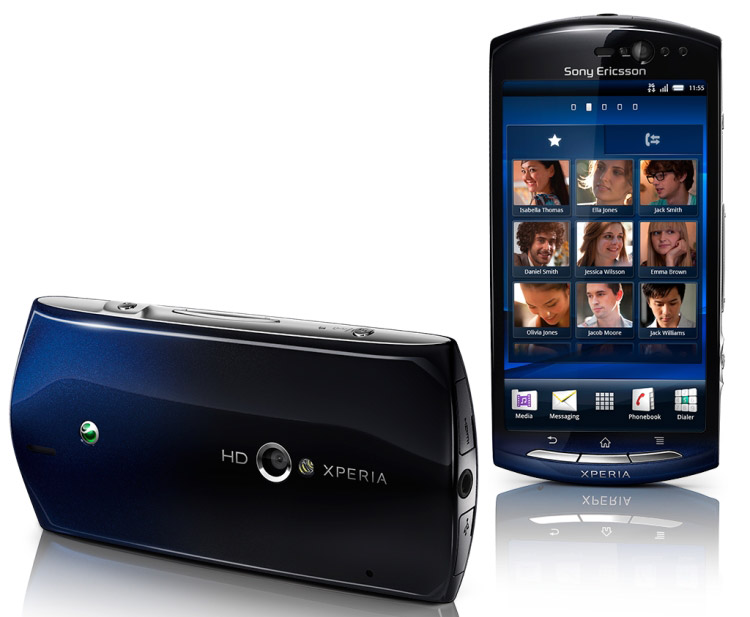The HTC One SV is the Taiwanese company's response to the ever increasing development of the LTE networks, the next generation when it comes to data transfers.
This time, we are talking about a mid range droid, until the HTC One SV, LTE capability was reserved for high end devices. Now, you can enjoy lighting speeds in a fairly affordable package.
As the name suggests, the HTC One V is a mixture of the One S and One V, when it comes to hardware platform, old and new put together. Mainly, a Qualcomm Snapdragon S4 chipset with a dual core CPU, clocked at 1.2 GHz and a 4.3 inches wide screen with WVGA resolution,long story short it goes like this:
Main Specs:
- LTE network support
- Quad-band GSM/tri-band HSDPA support
- 4.3" 16M-color Super LCD2 capacitive touchscreen of WVGA resolution (800 x 480 pixels); Corning Gorilla Glass 2
- Android 4.0.4 Ice Cream Sandwich with HTC Sense 4.1
- 1.2 GHz dual-core Krait CPU, Qualcomm Snapdragon MSM8960 chipset; Adreno 305 GPU
- 1 GB of RAM and 8GB of built-in storage
- microSD card slot
- 5 MP autofocus camera with LED flash; face detection and geotagging
- 1080p and 720p video recording @ 30fps with stereo sound
- 1.6 MP 720p front-facing camera for video-chat
- Wi-Fi b/g/n and DLNA
- GPS with A-GPS
- NFC connectivity
- Accelerometer, proximity sensor, built-in compass
- Standard 3.5 mm audio jack
- microUSB port (charging) and stereo Bluetooth
- MHL TV-out (requires MHL-to-HDMI adapter)
- Smart dialing, voice dialing
- DivX/XviD video support
- FM radio
- HTC Portable Hotspot
- Beats Audio sound enhancement
- Superb build quality and ergonomics
Even if the display doesn't have an impressing resolution , this comes very handy when playing with the smartphone, it's very quick and responsive, as its video card has to deal with a relatively moderate number of pixels, hence you have benefits from the WVGA resolution in this case.
In the box, you will find a charger, the USB cable and a 4 GB micro SD card, in some cases you will also benefit from a pair of headphones in the retail package, it's up to the operator.
As per design, the HTC One SV looks pretty, mainly in the red color scheme, it has curvy edges and a metal ring all around the body, this makes it look classy. The overall impression is of a product well built and of high quality.
The build quality is flawless, the back panel is made of soft touch plastic and the front is covered entirely on Corning Gorilla Glass 2, the smartphone looks and feels as premium as it gets.
The smartphone has a perfect size, from my point of view, it measures 128 x 66.9 x 9.2 mm and fits easily in any pocket, it weighs 122 grams, which is also perfect.
The 4.3 inches wide WVGA display is a Super LCD2 unit with great color reproduction, viewing angles and contrast, sporting 217ppi pixel density. Due to the relatively low resolution, you will enjoy great chipset performance and battery life.
Above the display you will find the earpiece grille, the secondary camera and two sensor, the usual ambient light and proximity ones, below the 3 capacitive keys, glowing in the dark.
On the top, you will see the power/lock key, the 3.5 mm audio jack and a secondary microphone, on the bottom the USB port and the mouthpiece.
The back houses the 5 megapixels camera lens, a LED flash and a huge HTC logo, along with the Beats Audio one, under the back cover a user replaceable battery of 1800 mAh and the micro SIM/micro SD cards.
In real life, the battery will last for a day and a half, on moderate to heavy use, not bad at all. When it comes to handling, the HTC One SV is a joy, due to its size, design and excellent build quality, along with the materials used which provide good grip.
The smartphone comes with Android 4.0.4 ICS operating system and Sense 4.1 flavor, HTC's in house user interface.The Sense User Interface is very nice and fully customized, with all types of Skins and Scenes interfaces.
The hardware platform consists of a Qualcomm Snapdragon S4 chipset with two 1.2 GHz Krait cores and Adreno 305 GPU, a cool 1 GB of RAM on board, all together they offer quite a punch. The One SV is a pretty good performer, in any task, it is very fast and works seamlessly.
The phonebook is very elaborate, featuring deep SNS integration, the People app is tabbed, it juggles with everything, from SMS to photos from Facebook.
Telephony is good, as it should be, there are no problems with signal reception/voice quality, the messaging department is handled brilliantly, social networking is covered by apps and widgets, including Google Messanger. All messages are displayed in threads, text input via the custom made HTC virtual QWERTY keyboard presents no challenge.
For emails, you have the tradional Android Gmail app, capable of managing multiple accounts and the generic HTC mail app.
The gallery is the Android one, customized by HTC, A tap on the Albums dropdown lets you view local or online albums. On
the cloud side, you get Facebook, Flickr, Dropbox, Picasa or SkyDrive..
The video player is quite capable, it can play most formats like AVI, MP4, MKV, and up to a resolution of 720p.
When comes to audio output, you can choose between Beats Audio, HTC enhancer or No effects. The music player also offers SoundHound track recognition, TuneIn Radio or 7digital., the user interface is a Cover Flow like visualisation, you also get an FM radio with RDS built in.
As for the quality of audio output, is pretty good, the HTC One SV offers excellent frequency response and a good dynamic range.
The shooter is a 5 megapixels one with autofocus, capable of taking stills at 2592 x 1944 pixels resolution and it can record Full HD video at 1080p at 30 frames per second. The user interface is the same for both the still camera and video camera, you have all kinds of cool effects and settings, the quality of photos and videos is decent for such a device.
In terms of connectivity, you're in for a treat, HTC One SV offers quad-band GSM/GPRS/EDGE and tri-band 3G, as well as
LTE connectivity. Local wireless connectivity features Wi-Fi b/g/n,
Bluetooth 4.0, and NFC, Disk Drive, HTC Sync, USB tethering and Internet pass-through, not to mention HTC Portable Hotspot.
The Ice Cream Sandwich browser is great for surfing the internet, you also get Google Chrome preinstalled. The interface is minimalistic and works like a charm.
The organizer is top notch, the business users will surely appreciate the Polaris app, which supports Word, Excel, and PowerPoint, including the Office 2007 versions and it
can create Office 2003 Word, Excel documents and presentations. There is
also a PDF viewer to handle PDF files, it also integrates Dropbox and SkyDrive, making syncing documents between your computer and your phone a non issue.
The Google Play Store will get you any app you can think of, for navigation you have Google Maps with Street View, Cell ID and Wi Fi network location, thanks to the GPS receiver on board.
As final words, what can I say? The HTC One SV is a very interesting package, combining excellent design and build quality with a rich set of features and great functionality. Performance is also good, even for a power user, you can do almost anything on this baby.
And the best part is that you can a HTC One SV for free, just pay a visit here and take a look.
































